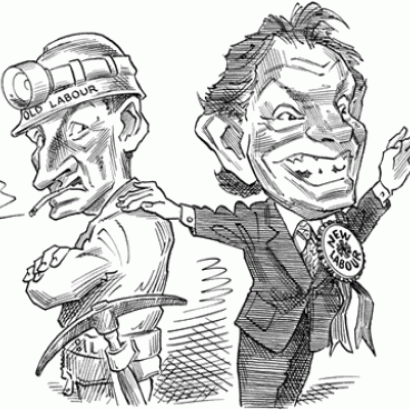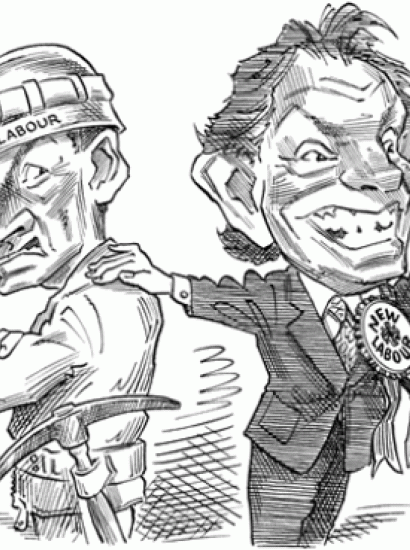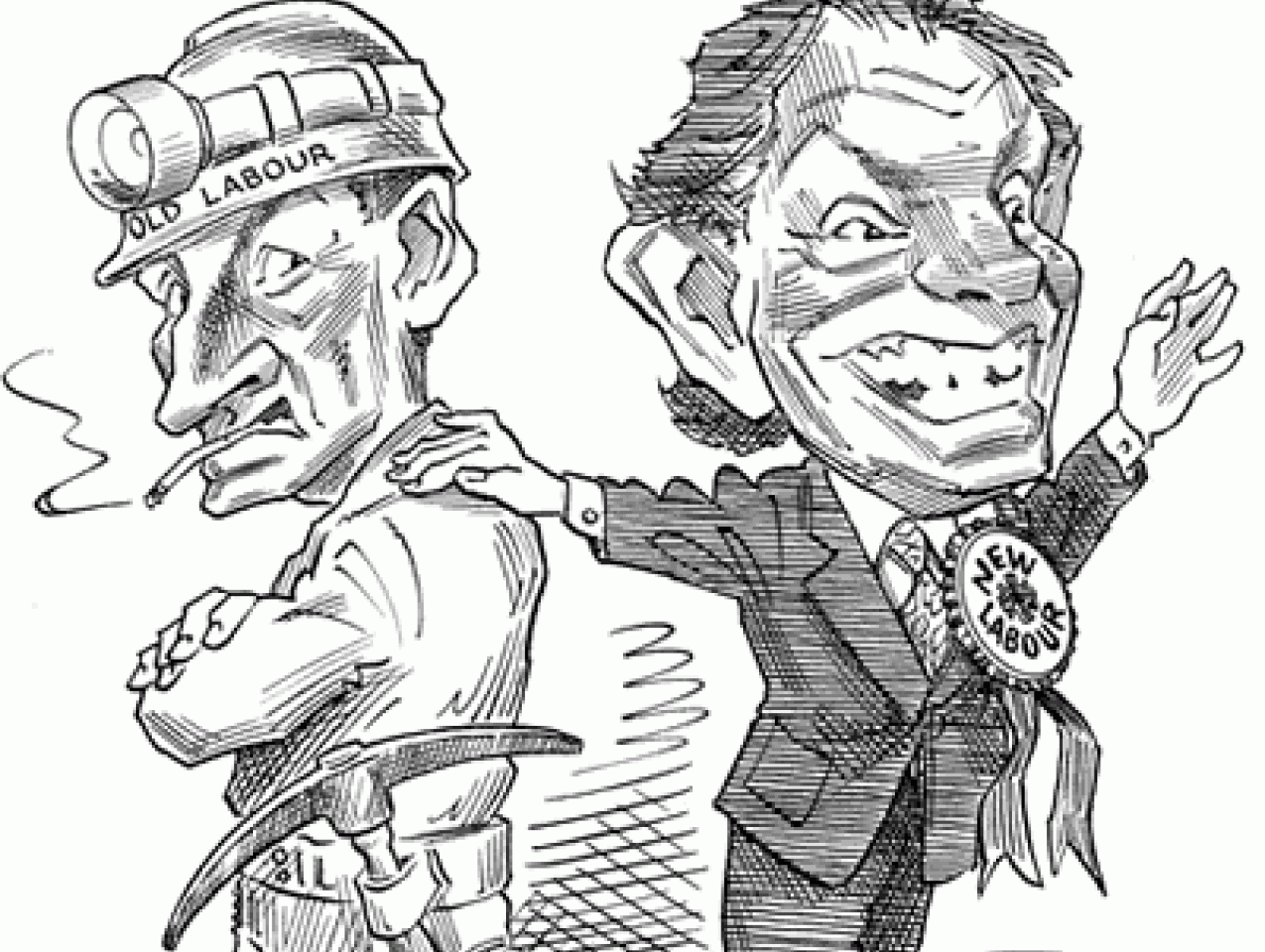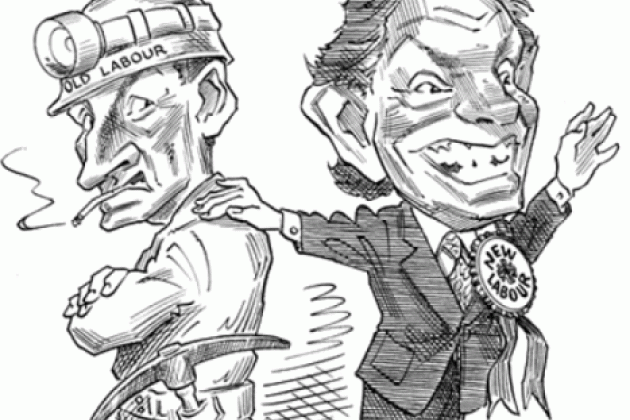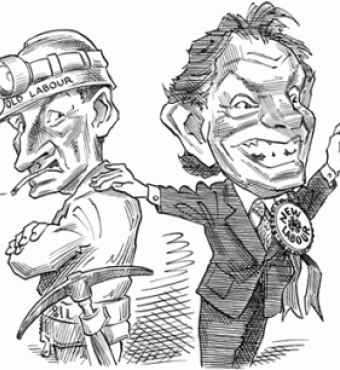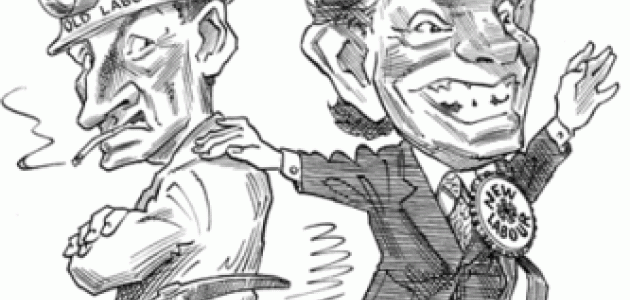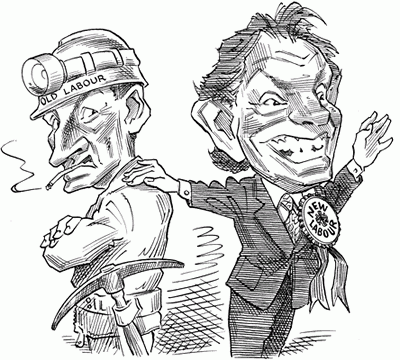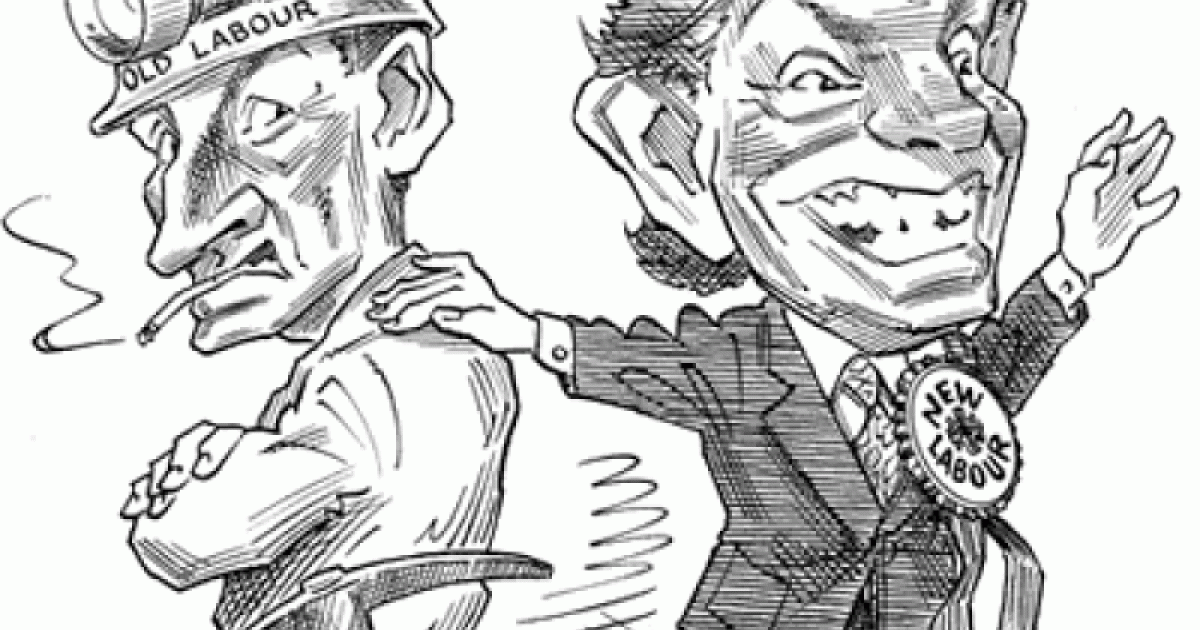- US Labor Market
- International Affairs
- Economics
A year into its second term in office, Tony Blair’s Labour government finds itself slipping into a serious row with an important element of its support base: the British union movement. This is a familiar and potentially dangerous circumstance for a Labour government. A quarter-century ago trouble between the two sides ultimately led to paralyzing strikes in the public sector, which spilled over into political defeat at the polls in 1979 and then 17 straight years of Conservative government.
Will history repeat and bring an end to Tony Blair’s remarkable political dominance? Are the unions, pushed into the political wilderness during Mrs. Thatcher’s years as prime minister, reemerging as a political force in Britain?
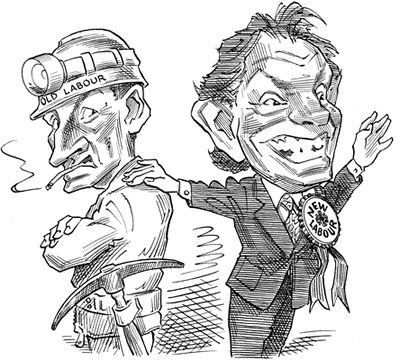
The Unions: Rise and Fall
The story of how unions in Britain lost power over the last 20 years is rooted in dynamic changes in British politics. It begins with the process by which unions first gained enormous political power. In the July 1945 elections, held as World War II was ending, the British electorate shocked the world by turning out the Churchill Conservatives in favor of the Labour Party, led by Clement Attlee. The Conservatives lost the election decisively because the election was not, as most expected, a referendum celebrating Britain’s victory in the war but rather a vote in favor of Labour’s promise to save Britain from sinking back into the long depression that only the war had ended. As the war approached its end, many in Britain feared that the depression would return; thus the electorate endorsed the promise Labour offered of a new direction—management of the economy and the beginning of a welfare state—as a means of defending against the return of economic deprivation. The vote for Labour in 1945 revolutionized British politics and armed the union movement with great power.
The most important source of enhanced union power was Labour’s promise of full employment. The new government envisioned a cooperative partnership in which the unions, endowed with government’s commitment to maintain full employment and finance extensive social welfare benefit programs, would, for its part, restrain wage inflation in order to keep British goods competitively priced on world markets, thus allowing Britain to build and maintain a rising level of prosperity.
In 1947 the Conservative Party issued a policy statement in which it formally embraced most of the elements of Labour’s managed economy and welfare state. This statement was the result of a two-year policy study ordered by Winston Churchill in the wake of the shocking 1945 Conservative election defeat. It had become painfully clear to the Conservatives that a new era was dawning in British politics and that their party, to be successful, must join with Labour in this new era of activist government. Thus, governments of both parties during the following three decades were locked into a new collectivist relationship that involved negotiating with the union movement on a whole range of economic and social issues.
Unfortunately, the collectivist relationship simply did not work very well and at times was disastrous. The British economy remained chronically in distress; wage restraint proved nearly impossible for the union leaders to deliver over the long term. But full employment provided unions great power. It became increasingly difficult for union leaders to convince their members to accept less pay than the economic leverage of full employment allowed them to demand. By the 1970s, Britain was frequently described as the economic “sick man of Europe.” One academic conference about Britain’s economic and union troubles was titled “Is Britain Dying?”
The climax of Britain’s miseries was the series of large and disruptive unofficial (wildcat) and official strikes during the winter of 1979 that came to be called the Winter of Discontent. The Labour government’s failure to solve that crisis led directly to Mrs. Thatcher’s election as head of a new Conservative government in May 1979. The Conservative victory was not an endorsement of Mrs. Thatcher’s policy agenda but rather a sharp rejection of the Labour government led by James Callaghan. However, Mrs. Thatcher’s decisive moves against the unions once she took office fit with public opinion polls showing that the electorate had become fed up with union militants, blaming them for Britain’s serious economic distress. Mrs. Thatcher’s oft-repeated vow that unions would no longer be consulted by government was widely applauded. A new era had clearly begun.
There followed a remarkable decade and a half of Conservative rule during which collectivist politics were dismantled. Legal restraints on all kinds of union activity were enacted during the Thatcher years. Except in the most limited circumstances, union leaders were no longer invited to discuss issues of national economic, social, or even employment policy. Unions were, in short, pushed away from national decision making, successfully challenging a long-standing theory that it would be impossible to curtail union power without provoking a disastrous political and economic backlash (including national strikes). Recapturing political authority from the union movement proved to be a powerful political boon for the Conservatives, which they rode to four straight election victories.
Just as striking as the ferocity of the Conservative attack on union power was the reaction of the Labour Party. For the most part, the party leadership, now in opposition, passively watched the dismantling of the collectivist politics with only small, sporadic peeps of dissent. Who was surprised? Labour Party leaders certainly had suffered sufficient damage from their relationship with the unions to conclude that they could not govern effectively when burdened with this collectivist relationship. But Labour felt unable to make changes in the relationship because the union movement was an integral part of the party’s history as well as of its contemporary existence, from financial support to internal party influence. Thus many in the Labour leadership secretly rooted for the Conservatives to do the work Labour knew needed to be done in advance of Labour’s return to office—someday.
More of the Same or a New Relationship?
That someday was the election of May 1997. However much the unions wished that the Labour Party had fought Conservative attacks on the unions, they were still relieved that Labour had finally ended Conservative rule. Nothing could be worse than the Conservatives in union eyes, even though they knew that Thatcherism had triumphed over the unions in a way that the incoming Blair government could not ignore or turn back from. Indeed the unions had greatly diminished expectations. It was clear that Labour had become an electable alternative to the Conservatives because it promised to imitate Conservative policies—as repugnant as that was to many union leaders. Continued privatization and fiscal discipline would clearly be the predominant themes of the new government. So the unions understood that Tony Blair would not be welcoming them back to Number Ten Downing Street for negotiations on public policy issues. They also knew that Labour would be leaving in place the legal restraints on union strike behavior.
In practice, Blair’s government proceeded during its first term (1997–2001) exactly as the unions expected. There were a few small concessions to union wishes: for example, the adoption of a modest minimum wage and accession to the Social Chapter of the European Union, which imposed on Britain working-condition standards and trade union rights that the unions supported. But by and large Blair maintained a Thatcherite policy direction, and traditional Labour voters and union leaders remained quietly disappointed.
This all changed when Labour won a second landslide election victory in June 2001. The grumbling turned to more-public dissent. The unions felt the time had come for them to harvest rewards for their steadfast support. By the first half of 2002, the unions were hurling harsh words about betrayal and there was some talk of “union reassessment” of their historic ties to Labour. Some suggested that union money and effort could be used “elsewhere” more effectively. The head of the Trades Union Congress (the equivalent of the AFL-CIO in the United States) went so far as to hold talks with the Conservatives and Liberal Democrats about possible collaboration. But this was much more about barking than about biting and elicited a certain amount of intra-union anguish and dissension.
The bottom line in the relationship remains the same: Where else politically are the unions to go to find friends? It certainly cannot be the hated Conservatives. Although the Liberal Democrats are tempting, they are miles away from having a chance at power and delivering any kind of support for union interests. The Labour Party remains the only serious possibility as an ally—however difficult the relationship.
Moreover, there are signals that the government is taking up at least part of the union policy agenda, albeit on Labour’s terms and for its own self-interest. Labour has made the commitment to pour billions of pounds into improving public services such as the National Health Service. This effort was not a cave-in to union demands per se but rather an example of the convergence of interests between both sides since Labour had made the improvement of public services a central component of its plans for its second term.
So while the media generally whip up excitement about troublesome union-government relations, and memories of the Winter of Discontent are dusted off, there is little likelihood of a return to the warfare of the 1970s. As long as union membership remains low (about half of what it was 25 years ago) and the laws restraining strike activity remain in place, the unions will have no real power base nor a real political alternative. They will remain dependent on the Labour Party for political influence—even if in a diluted form—and the Labour Party will, in return, continue to be dependent on the unions for a major portion of its membership and financing.








